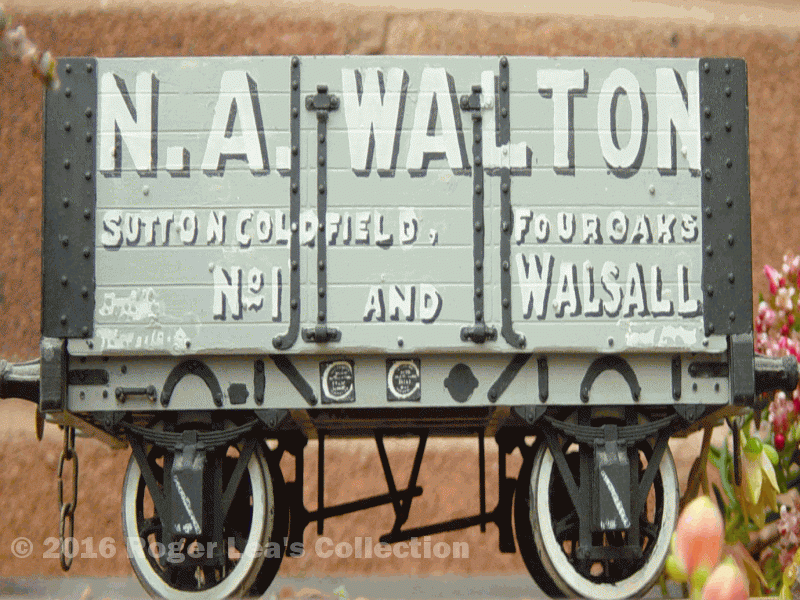Our Medieval ancestors needed a constant supply of wood to keep their fires going, heating their houses and cooking their food. In Sutton there was no shortage of wood, and the Lord of the Manor allowed all the inhabitants “to have the dead wood in all the woods, wherever it might be found, for firing,” according to a document of 1308.
As time went on, many of the woods were converted to pasture, and fuel became less plentiful. The Sutton Court Leet of 1549 heard that Robert Westwood broke his neighbours’ hedges for firewood, and ordered that “no-one within the town of Sutton carry away any wood from the Park unless it is furze or gorse”. Gorse could be bundled up into sheaves or “kids” for use as kindling or to fire bread ovens, and a later court of 1741 ordered Suttonians “not to make kids for any out-parishioners”.
Fortunately there was another source of fuel, as a writer observed in 1762 “The Park also furnishes some fuel for the poor inhabitants, from a vast magazine of peat near the Roman Road”. The Court made rules for getting peat, specifying what time of year it was to be dug, and “all who get peat in Longmoor Slade are to keep within bounds, and not lay their peats to dry within the said bounds”.
Peat was for the poor, most households were burning coal by the eighteenth century. When poor people fell ill the Overseers of the Poor looked after them, and an Overseer’s account of 1734 mentions “paid Valentine Martin’s widow one shilling to buy coals”, and the same widow also received a load of peat worth four shillings. When Guy Fawkes night was celebrated, hedges and fences were ransacked by the youth to make bonfires, and in 1799 the Warden of Sutton tried to stop this by laying down 16 hundredweight of coal on Church Hill and banning any other bonfires.
Coal came to Sutton by horse and cart from the pitheads at Brownhills, and in the 1850s it cost fifteen shillings a ton. Coal from the Derbyshire and Leicestershire mines was available at a lower price from the railway station at Castle Bromwich, but people preferred the better quality Cannock Chase Coal - when the railway line to Sutton opened in 1862, it brought the preferred Staffordshire coal.
